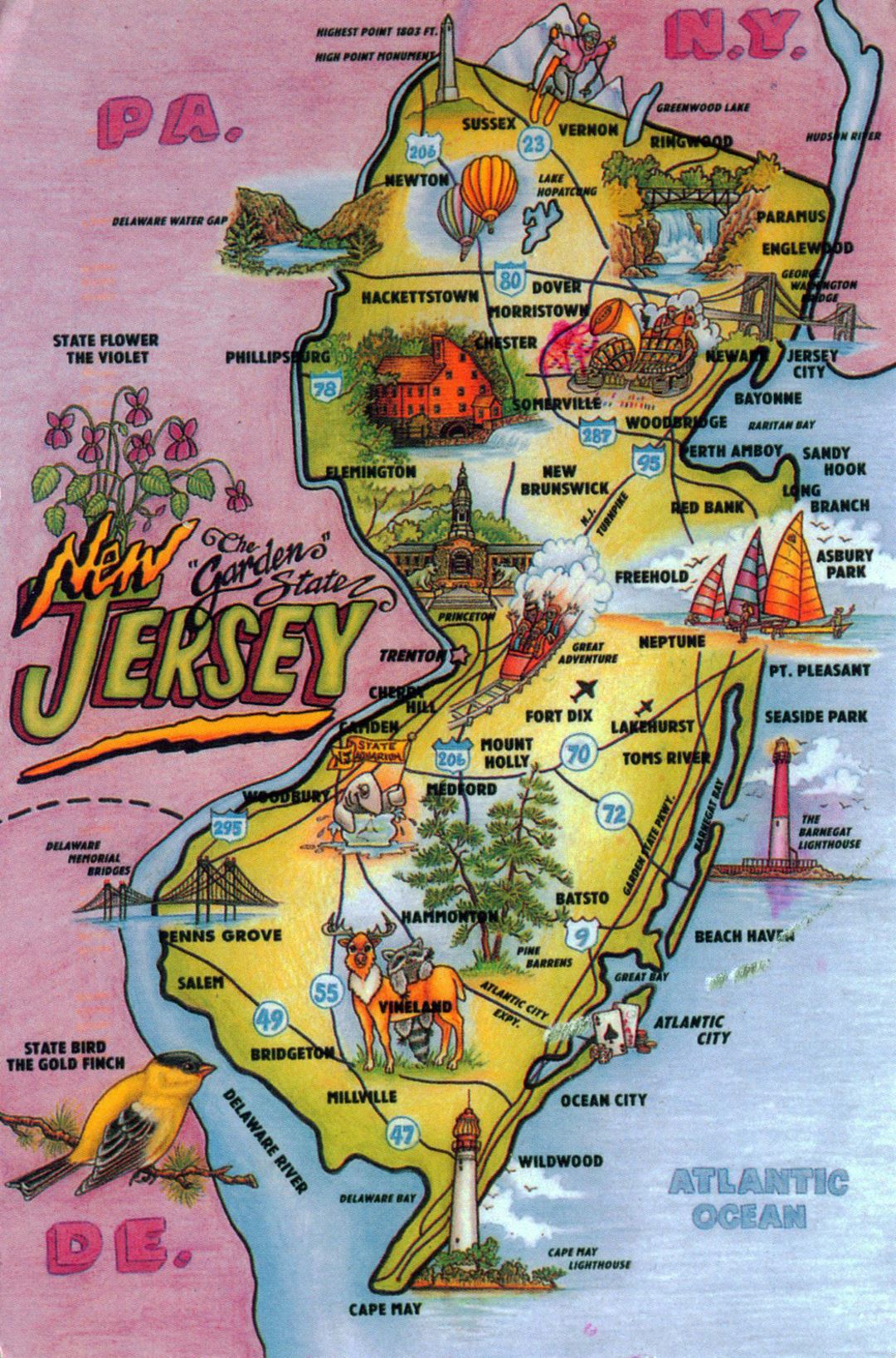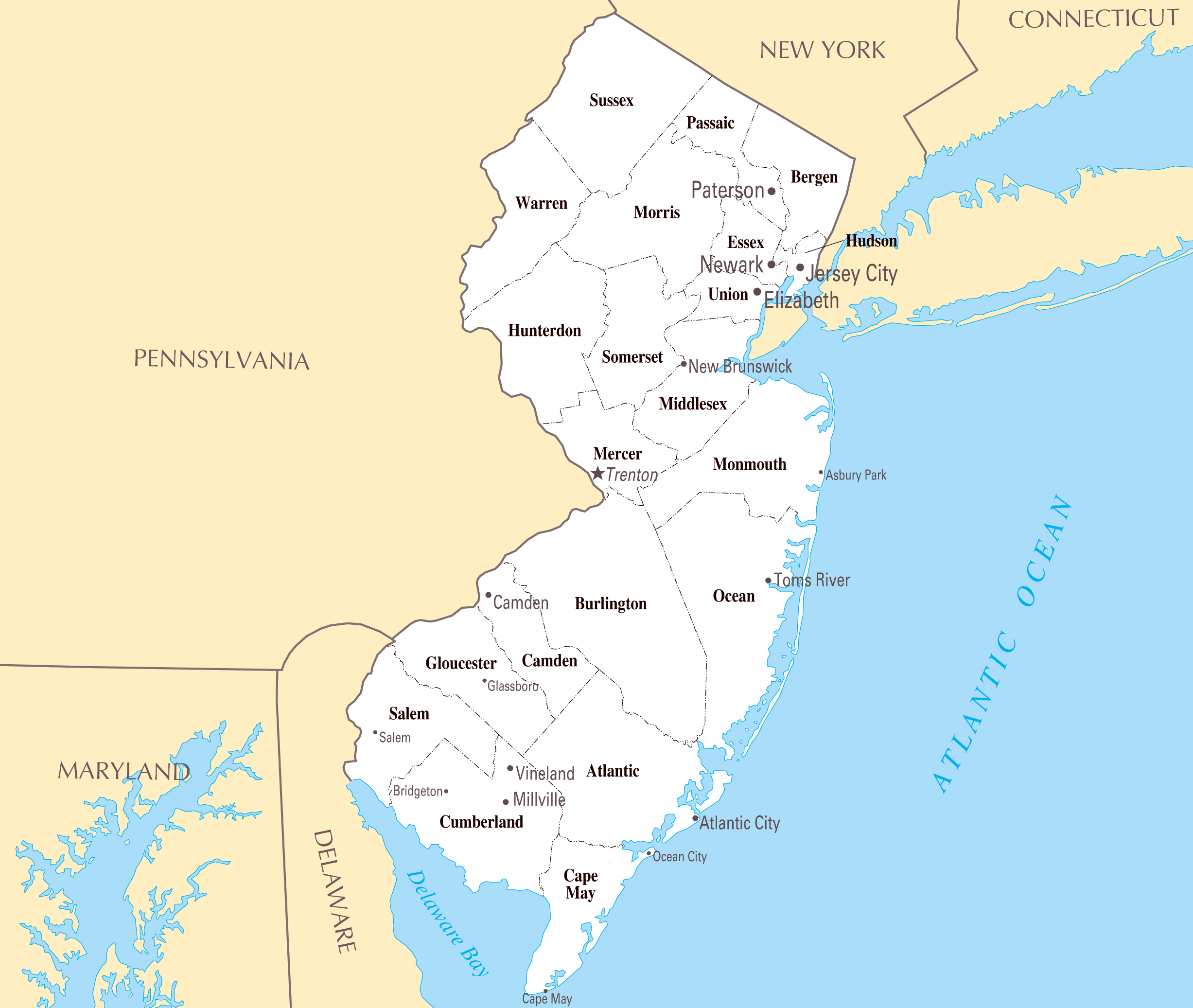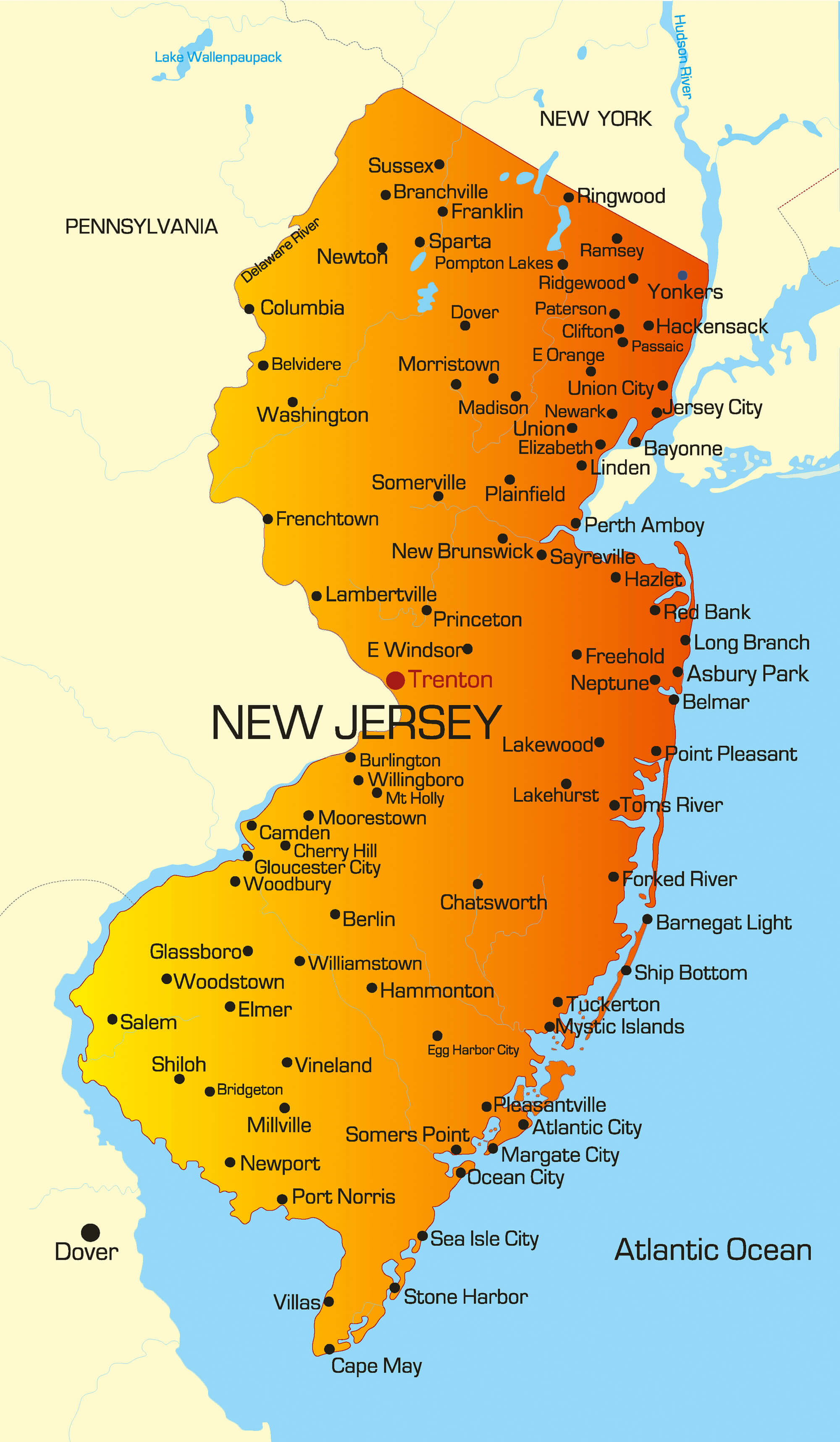
New Jersey: Beyond the Turnpike, a Tapestry of Resilience and Surprising Beauty
By [Your Name/Journalist’s Pen Name]
For many, the mention of New Jersey conjures a predictable set of images: the sprawling industrial landscapes visible from the Turnpike, the unmistakable accent of a "Sopranos" character, or perhaps the persistent aroma of the refineries that dot its northern fringes. It’s a state often reduced to a punchline, the butt of jokes about its perceived lack of glamour or its perpetual status as New York City’s less-loved sibling. Yet, to truly understand New Jersey is to peel back these layers of caricature, to look beyond the congested arteries and industrial facades, and discover a state of profound complexity, surprising natural beauty, and a resilient spirit that defies easy categorization.

New Jersey, the most densely populated state in the U.S., is a land of paradoxes. It is simultaneously urban and rural, historic and cutting-edge, gritty and pristine. It boasts a coastline that rivals any on the East Coast, vast wilderness areas, revolutionary battlefields, and a cultural tapestry woven from centuries of immigration and innovation. To dismiss it is to overlook a vital piece of America’s economic engine, its historical narrative, and its unique cultural heartbeat.
The Garden State’s Hidden Gardens
The moniker "The Garden State," bestowed in 1876 by Abraham Browning, a Camden politician, often strikes outsiders as ironic given the industrial reputation. Yet, it’s a name rooted in a very real agricultural heritage that persists today. New Jersey is a significant producer of blueberries, cranberries (ranking third nationally), corn, and, famously, tomatoes. Drive away from the urban sprawl, and you’ll find rolling farmlands, vineyards, and sprawling nurseries that underscore this enduring legacy.
But the "gardens" extend far beyond cultivated fields. New Jersey is home to the Pinelands National Reserve, a UNESCO Biosphere Reserve covering over 1.1 million acres across seven counties. This vast wilderness of pine forests, cedar swamps, and unique plant life is a haven for hikers, kayakers, and wildlife enthusiasts, a startling contrast to the urban hum just miles away. Here, the legendary Jersey Devil is said to roam, adding a touch of folklore to the pristine landscape. Further north, the Appalachian Trail snakes through the Kittatinny Mountains, offering breathtaking vistas and a taste of true wilderness.
Then there’s the shore. Over 130 miles of pristine coastline stretch from Sandy Hook to Cape May, offering a diverse array of beach towns, each with its own character. From the historic Victorian charm of Cape May to the vibrant boardwalks of Ocean City and Wildwood, and the revitalized artistic hub of Asbury Park, the Jersey Shore is more than just a summer destination; it’s a cultural institution, a way of life for many. As Bruce Springsteen, the state’s most iconic musical son, once sang, "The sand is warm, the beer is cold, the music’s loud, the girls are bold." It’s a place where generations have forged memories, where the smell of saltwater taffy and pizza permeates the air, and where the rhythmic crash of waves provides a constant soundtrack.
A Crucible of American History and Innovation
New Jersey’s role in shaping the United States is undeniable, though often understated. It was famously dubbed the "Crossroads of the Revolution," bearing witness to more battles and skirmishes than any other state. George Washington’s daring crossing of the Delaware River on Christmas night, 1776, and the subsequent victories at Trenton and Princeton, were pivotal moments that turned the tide of the war. Towns like Morristown served as crucial winter encampments, their historic sites preserving the struggles and triumphs of the nascent nation.
Beyond the battlefield, New Jersey was a hotbed of innovation. Thomas Edison, "The Wizard of Menlo Park," conducted much of his groundbreaking work in West Orange and Menlo Park, inventing the phonograph, the practical incandescent light bulb, and the motion picture camera. His contributions alone reshaped daily life globally. Paterson, once known as "Silk City," was the nation’s first planned industrial city, harnessing the power of the Great Falls of the Passaic River to drive textile mills and locomotive factories, a testament to America’s industrial might.

Even today, New Jersey remains a hub of innovation. Its "Pharma Alley" is home to global giants like Johnson & Johnson, Merck, and Bristol-Myers Squibb, driving advancements in medicine and biotechnology. Its universities, including the Ivy League’s Princeton and the vast Rutgers system, are centers of research and intellectual prowess, attracting talent from around the world. The Port Newark-Elizabeth Marine Terminal is one of the busiest on the East Coast, a critical gateway for global trade.
The Unmistakable Pulse of Jersey Culture
Culturally, New Jersey is a vibrant mosaic. Its proximity to both New York City and Philadelphia has imbued it with a unique blend of urban sophistication and gritty independence. This is a state where diners – the chrome-plated temples of comfort food – are an art form, serving up everything from disco fries to perfectly grilled Taylor Ham (or pork roll, depending on where you stand in the state’s most enduring culinary debate).
Music is intrinsically woven into the state’s identity. From Frank Sinatra’s smooth croon to Whitney Houston’s powerhouse vocals, New Jersey has produced musical legends. But it is Bruce Springsteen, "The Boss," who most profoundly encapsulates the state’s working-class roots, its dreams, and its struggles. His songs, steeped in the streets of Freehold and the boardwalks of Asbury Park, speak to universal themes of hope, despair, and the enduring human spirit, earning him a global following and cementing his status as a Jersey icon.
The state’s diverse population also translates into a rich culinary scene, extending far beyond diners and Italian-American fare. From authentic Korean BBQ in Fort Lee to vibrant Indian cuisine in Edison and Portuguese bakeries in Newark, New Jersey offers a global gastronomic journey that reflects its melting-pot demographics.
The Jersey Spirit: Resilient, Real, and Unapologetically Proud
Perhaps the most defining characteristic of New Jersey is its spirit: resilient, authentic, and often misunderstood. Jerseyans are known for their directness, a no-nonsense attitude born from generations of hard work and navigating the complexities of a densely populated, economically diverse state. They are fiercely loyal to their towns, their teams, and their traditions.
The pervasive stereotypes, while sometimes frustrating, have also fostered a unique sense of collective identity and a wry, self-deprecating humor. There’s a certain pride in being from a place that doesn’t try too hard to impress, that simply is. This authenticity is what draws people in, what keeps them rooted, and what makes New Jersey a truly unique place to live, work, and explore.
So, the next time you find yourself hurtling down the Turnpike, resist the urge to simply pass through. Take an exit. Explore the Victorian grandeur of Cape May, hike a trail in the Pinelands, catch a show in Asbury Park, or simply pull up a stool at a local diner. You might just discover that New Jersey, far from being a mere caricature, is a vibrant, multifaceted state brimming with history, natural beauty, and a spirit that is as enduring as its coastal tides. It’s a place that, once truly seen, is impossible to forget.


